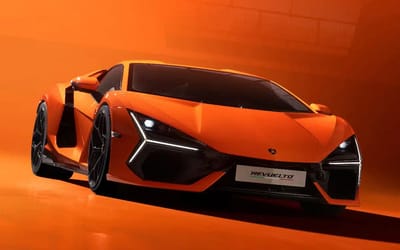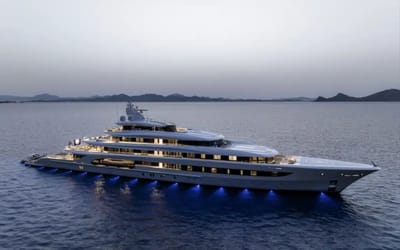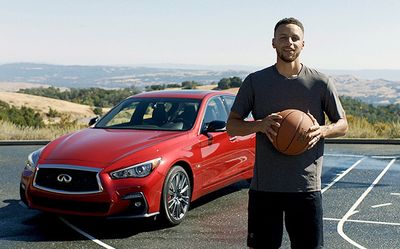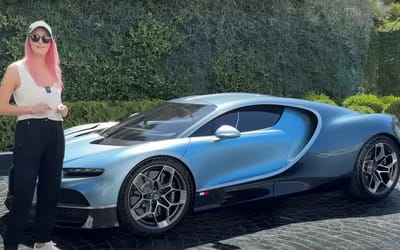Rare 1971 Plymouth Barracuda hides detail few would notice
- This 1971 4-speed convertible Plymouth Barracuda is rare
- However, it hides a tiny secret only eagle-eyed observers would spot
- Can you see it?
Published on Oct 19, 2024 at 7:00 PM (UTC+4)
by Ben Thompson
Last updated on Oct 18, 2024 at 4:12 PM (UTC+4)
Edited by
Kate Bain
This rare 4-speed convertible Plymouth Barracuda from 1971 hides a small secret that only eagle-eyed observers would spot.
Car lovers often appreciate the bigger picture when it comes to their rides – horsepower, torque, and interior features, for example.
But oftentimes, it’s the more subtle details that can elevate a car.
This touch was so subtle that even Mopar enthusiasts may have missed it.
DISCOVER SBX CARS: The global premium car auction platform powered by Supercar Blondie
Taking a closer look at the Plymouth Barracuda 1971
Before taking a look at the car, a brief understanding of its history is in order.
The 1971 model followed on from the third-generation ‘Cuda that had been introduced to the world the previous year.
However, several factors aligned that hurt the car’s sales.
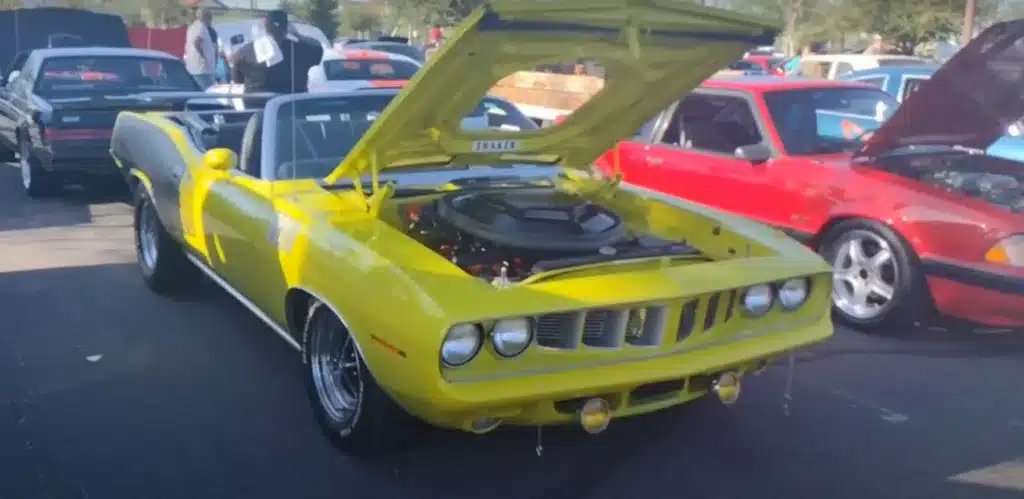
Whereas the 1970 version sold 49,000 units, only 16,492 were sold in 1971.
Several factors have been attributed to this downward turn in sales of the Plymouth Barracuda.
Some historians have put it down to consumer preferences shifting towards more practical cars, whilst others have pinned it on rising insurance rates.
The incoming emissions regulations brought in during the early 1970s have also been blamed.
Either way, this makes the 1971 version a rather rare find, particularly when considering all the modified versions.
The version with the HEMI only had 114 units produced for example, whilst the 440 Six-Barrel variant had a comparatively higher 254.
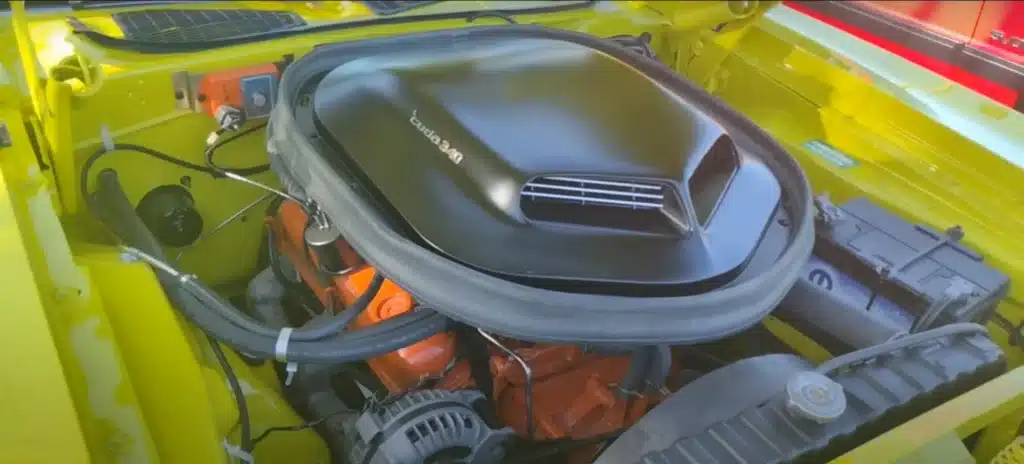
But the car shared on YouTube by ‘Damn It Boy! Garage‘ is even rarer than those two.
It doesn’t have a HEMI or a 440, but a manual mounted onto a four-barrel 340 V8.
This combo makes it one of only 30 ever built.
At the time of its production, it was capable of 275hp and 340 pound-feet of torque.
But if you’d believe it, this car is still a rarity among the 30 that were produced.
What makes this ‘Cuda stand out from the rest?
So what exactly makes this Plymouth Barracuda example so distinctive?
It’s a finer detail that very few people would notice.
Not unlike the rare feature on the dashboard of this 1970 Plymouth Superbird.
The ‘Cuda’s car’s color is a greenish-yellow, which would line up as Curious Yellow – a hue that was available at the time.
However, a detail on the car’s tiny fender tag doesn’t include the GY3 code that would be assigned to the color.
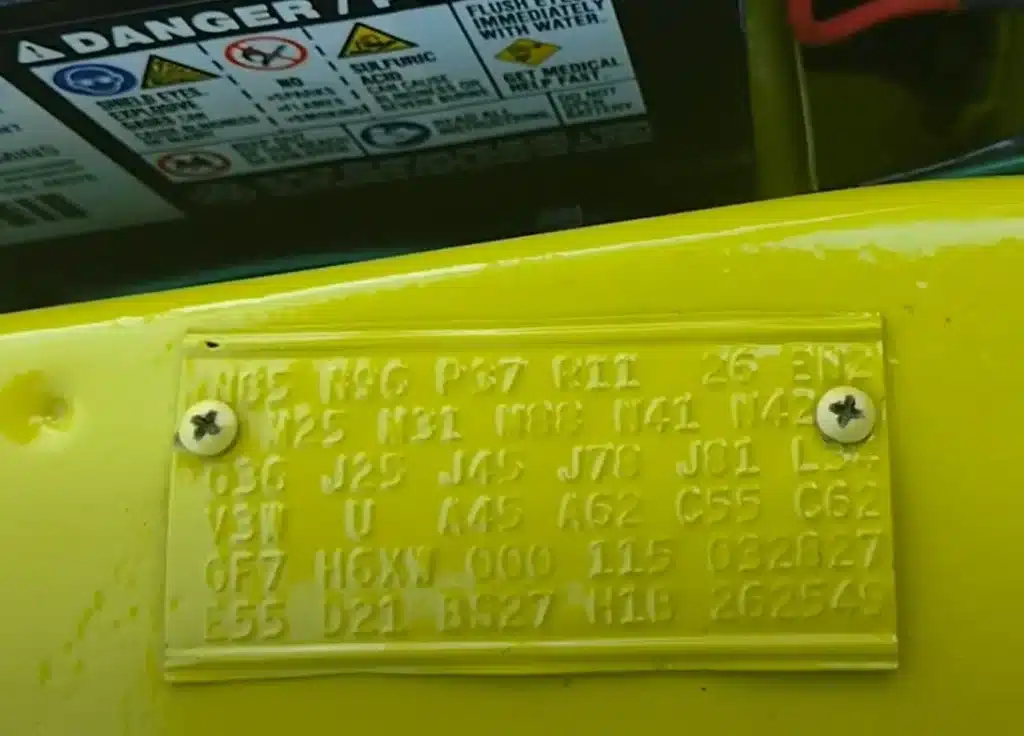
Instead, the code GF7 appears where the color’s code would usually be noted – first on the left of the fifth row.
GF7 is for Sherwood Green, which is a dark shade of green.
At some point between 1971 and the present day, the car was put under a serious paint job.
Whether Sherwood Green or Curious Yellow, this car has stood the test of time very nicely.
Want more? This guy found three black Plymouth Barracudas sitting together in an amazing Pennsylvania muscle car discovery.

